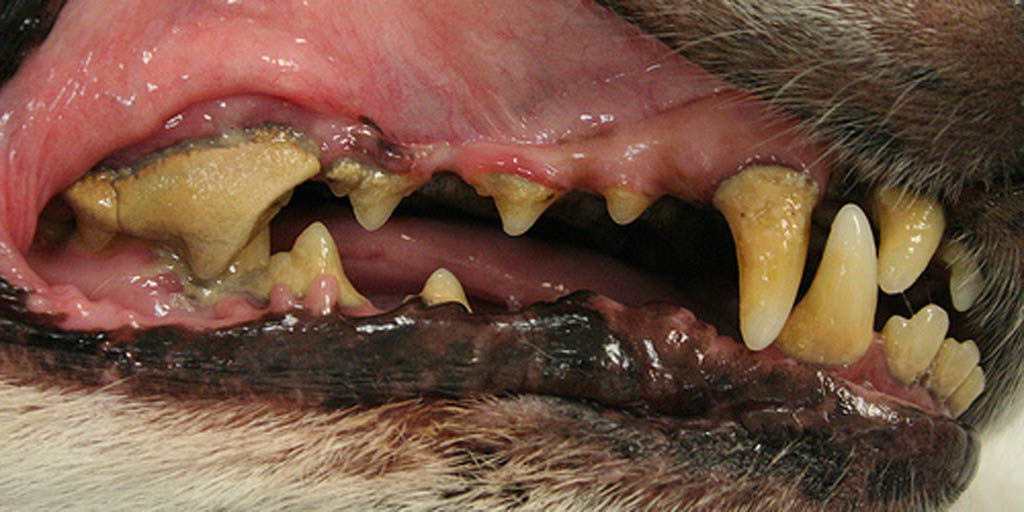Dental scaling is one of the most important health topic yet it is a procedure that is not commonly done so by pet owners. What is dental scaling? Why is dental scaling important? What are the risks of dental scaling?
1. Dental Scaling
Dental scaling is the removal of plaque and tartar on the surface on the teeth and under the gum line. It is usually performed under general anaesthesia as most pets will fidget and some will not allow veterinarians or veterinary technicians to lift up the gums and scale off the built-up of plaque and tartar. Dental scaling performed without general anaesthesia only improves the aesthetic appearance of the teeth but does not improve periodontal health due to dirt and bacteria under the gumline. Dental scaling is recommended every 2-3years for medium to larger breed dogs and every year for smaller breed dogs. Smaller breed dogs tend to have overcrowding of teeth and some smaller dogs may retain their deciduous(baby) teeth which can increase plaque and tartar build-up.
2. Periodontal disease
Periodontal disease is the infection and inflammation of the gums covering and supporting the tooth. It comes in 4 stages (gingivitis, slight periodontal disease, moderate periodontal disease, and advanced periodontal disease). Removal of tartar and plaque can reverse gingivitis which can be achieved through proper dental scaling and polishing under general anaesthesia. Daily brushing of the teeth is recommended as it removes biofilm which can prevent the accumulation of calculus(tartar). If your pet do not allow tooth brushing, another alternative method would be using gauze to wipe the surface of the tooth. Plaque will form after 3 days to form calculus which cannot be removed by tooth brushing. Dental chews or toys that provide teeth cleaning provide little to zero effect in removing plaque and tartar.

Image of a dog with periodontal disease
Signs and symptoms of periodontal disease
- Loss of appetite
- Bad breath
- Drooling
- Constantly smacking of the lips
- Loose teeth
- Nasal discharge or sneezing
- Bleeding of gums
- Not wanting to be touched near the mouth
3. Prevention
To prevent your pet from having periodontal disease, regular dental scaling and polishing are recommended. Maintenance of healthy teeth can be done by daily brushing of the teeth or a healthy diet. If periodontal disease is left untreated, not only cause painful infected teeth or tooth abscesses which require removal, it can also affect your pet’s health negatively. It can affect the major organs such as the heart, kidney or liver as bacteria found in the animal’s mouth can enter the bloodstream which affects their immune system. Pets with healthy teeth and gums are signs that they are in good physical condition and can live much longer.
4. Risks
General anaesthesia is the number 1 concern of pet owners when it comes to dental scaling. Most owners heard of horror stories where their pet does not make it under general anaesthesia due to old age or underlying conditions(heart murmur, kidney/liver failure). Thankfully, with science being advanced these days, there are options that can be done to ensure your pet is healthy to undergo general anaesthesia. A simple blood test which takes no longer than 30mins could tell you if your pet is healthy to proceed with surgery. Dogs with heart murmur can also do an echocardiogram to check if they are fit to undergo surgery.
Another concern of pet owners would be having their pet’s teeth extracted. There are veterinary clinics in Singapore such as Maranatha Vet or Oasis Vet which provide dental x-ray services to determine if a particular tooth is viable or not.
5. Conclusion
In conclusion, it is always better to check with your regular vet when it comes to your pet’s health. Do not hesitate to call up your regular vet especially if you have not done any dental scaling or dental checks before! Always brush your dog’s teeth daily especially when a dental scaling procedure is done to maintain clean healthy teeth! Just like us hoomans, we still have to go for dental cleaning even with regular brushing.
Here is a photo of Hiro’s before and after when he had his first dental cleaning.

The above article is written by the hooman of @hiroxcharoadventures.
* This blog is designed to be a community where pet owners can learn and share. The views expressed in each post are the opinion of the author and not necessarily endorsed by Pawjourr. Always consult your veterinarian for professional advice.
